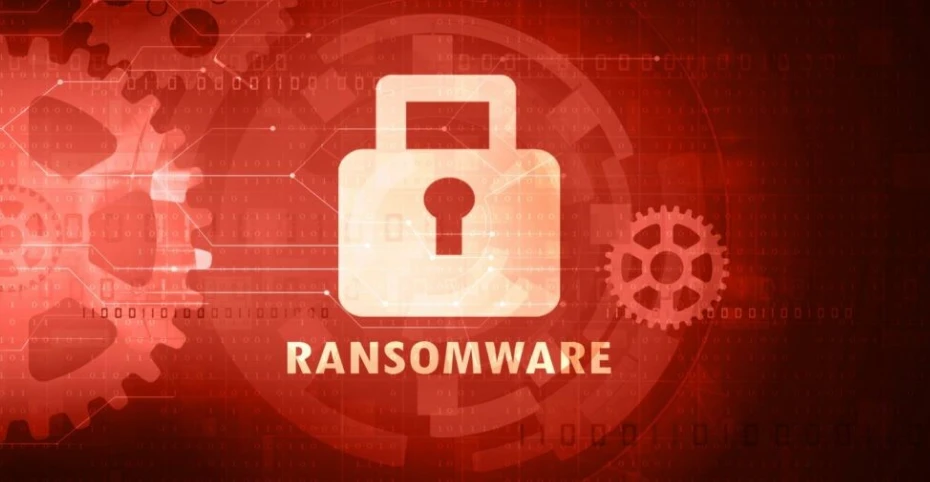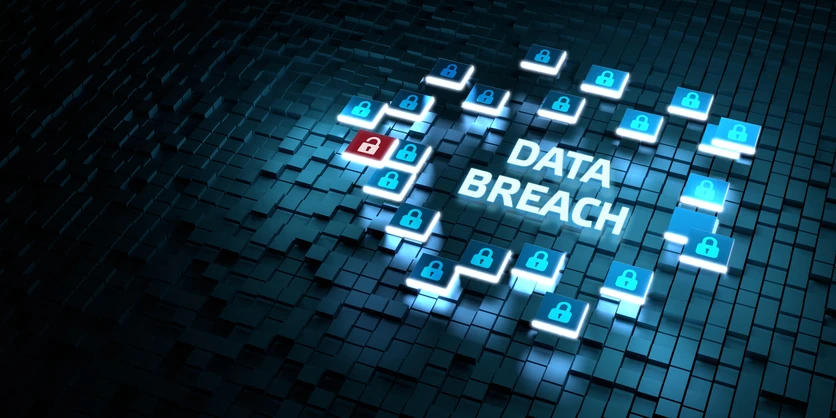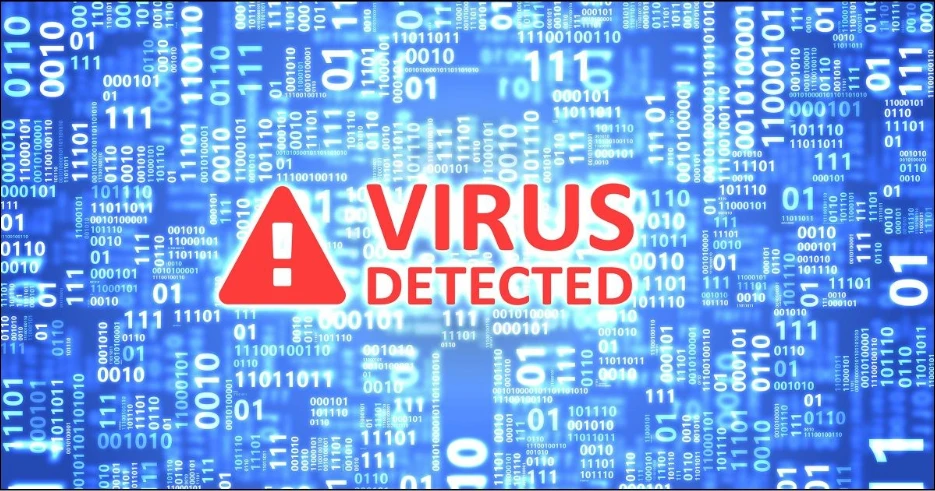Data Loss Prevention Software
Updated on October 10, 2022, by Xcitium

What is DLP? Data loss prevention (DLP) is a strategy for ensuring that end-users do not send critical or sensitive information outside the corporate network. DLP is also used to describe software products that help a network administrator control what data end users can transfer.
Why Is DLP Software Essential?
Data loss prevention software identifies potential data breaches/data ex-filtration transmissions and prevents them by monitoring, detecting and blocking sensitive data while in-motion (network traffic), at-rest (data storage), and in-use (endpoint actions). DLP software products employ business rules to classify and protect vital and confidential information so that unauthorized end users cannot maliciously or accidentally share data whose disclosure could put the organization at risk.
How Does The DLP Solution Work?
A DLP solution depends on a number of key technologies that enable its engine to correctly identify the sensitive data that enterprises need to secure and adopt remediation action to prevent incidents. Today, DLP solutions employ different technologies. DLP technologies are broadly classified into two categories: Enterprise DLP and Integrated DLP.
- Enterprise DLP: These solutions are comprehensive and packaged in agent software for servers and desktops, virtual and physical appliances for monitoring networks and email traffic, or soft appliances for data discovery.
- Integrated DLP: These solutions are limited to secure email gateways (SEGs), secure web gateways (SWGs), enterprise content management (ECM) platforms, data classification tools, data discovery tools, email encryption products, and cloud access security brokers (CASBs).
There are multiple content analysis techniques which can be used to activate policy violations, including:
Rule-Based/Regular Expressions: The most common analysis technique employed in DLP involves an engine’s analyzing content for particular rules such as 9-digit US social security numbers, 16-digit credit card numbers, etc. This technique is considered to be an exceptional first-pass filter since the rules can be configured and processed swiftly, even though they can be prone to high false positive rates without checksum validation to detect valid patterns.
Conceptual/Lexicon: Using a combination of rules, dictionaries, etc., these policies are capable of alerting on completely unstructured ideas that challenge simple categorization. It will have to be customized for the DLP solution provided.
Statistical Analysis: Employs machine learning or other statistical methods such as Bayesian analysis to activate policy violations in secure content.
Pre-built categories: Pre-built categories with dictionaries and rules for common types of sensitive data, such as HIPAA, credit card numbers/PCI protection, etc.
Database Fingerprinting: This technique is also known as Exact Data Matching. It looks at exact matches from a database dump or live database. This is an option for structured data from databases even though database dumps or live database connections affect performance.
Why Organizations Need Data Loss Prevention Software?
Business organizations go through major financial losses and reputational damage when they experience loss of sensitive data and other forms of enterprise information. Companies are now very much aware of these dangers and hence data protection has become the most trending topic, however many organizations fail to completely understand the business case for Data Loss Prevention (DLP) initiatives. Given below are some of the key reasons why an organization needs DLP:
- DLP technology provides IT and security staff with a 360-degree view of the flow, location, and usage of data across the enterprise. It is capable of checking network actions against an organization’s security policies, and also enables you to protect and control sensitive data, including personally identifiable information (PII), financial data, customer information, and intellectual property.
- When used along with complementary controls, DLP enables preventing the accidental exposure of personal information across all devices. Wherever data lives, DLP has the potential to monitor it and majorly reduce the risk of data loss.
- Technology controls are becoming essential to attain compliance in specific areas. DLP provides these controls, including policy templates and maps that automate compliance, address particular requirements, and enable the collection and reporting of metrics.
- DLP provides updated policy templates and maps that address specific requirements, help in the collection and reporting of metrics, and automate compliance. After a policy need is detected, DLP can make the modification as simple as helping a suitable policy template on your system.
- When organizations fail to adopt the necessary steps to detect sensitive data and protect it from misuse or loss, they are actually risking their potential to compete. Companies that obtain data protection and privacy right can boost their brand reputation and resilience going forward. However, those that get it wrong are likely to end up in financial loss and reputational damage. DLP thus enables protecting critical data and preventing negative publicity and loss of revenue that certainly follow data breaches.
Top 5 Best Data Loss Prevention Software
- MyDLP from Xcitium This is an all-in-one DLP solution that enables blocking any data flow containing social security numbers, credit card numbers, or any sensitive information.
- Symantec Data Loss Prevention Symantec is known for its cybersecurity offerings, both in the business and consumer world. You will also be able to see where data is stored throughout your business, considering the mobile, cloud, and multiple endpoints.
- Trustwave Data Loss Prevention This DLP solution from Trustwave provides companies with the tools they need to identify, monitor and secure data while complying with external and internal regulations.
- McAfee Total Protection for Data Loss Prevention This DLP solution from McAfee is highly scalable and can be customized according to your company’s requirements. It is considered to be an intelligent system capable of identifying and prioritizing more sensitive data.
- Check Point Data Loss Prevention Check Point’s DLP solution incorporates a wide range of cybersecurity processes to enable businesses prevent data leak or prevent sending data accidentally to the wrong person.
Data Loss Prevention: Protecting All The Endpoints
Endpoint Security (or) Endpoint Protection refers to the technique of protecting a business network when accessed by remote devices like laptops, tablets, smartphones, or other wireless devices. It deals with monitoring status, activities, and software. The endpoint protection software is installed on all endpoint devices and on all network servers.
With the spread of mobile devices like smartphones, tablets, notebooks, laptops etc., there has also been a major increase in the number of devices being stolen or lost. These incidents eventually highlight the huge loss of sensitive data for enterprises, which permit their employees to bring in their mobile devices into their enterprise.
This problem can be solved when enterprises decide to secure the enterprise data available on the mobile devices of their employees in such a way that even if the device gets into the hands of the wrong person, the data should continue to be secured. This process of securing enterprise endpoints is thus called endpoint security.
To effectively protect employee and customer data, Xcitium has developed MyDLP – an all-in-one DLP solution. MyDLP is available with the following key benefits:
- Blocks any data flow comprising of social security numbers, credit card numbers, or any sensitive information.
- Allows customers to confidently and comfortably share their financial and personal information.
- Prevents sensitive data from leaking through endpoint devices or network connections.
- Provides data security for mail, printers, removable devices, web, and more.
- You train MyDLP with your private files just once, and MyDLP will protect them forever. No one will be able to transfer them outside your network.











